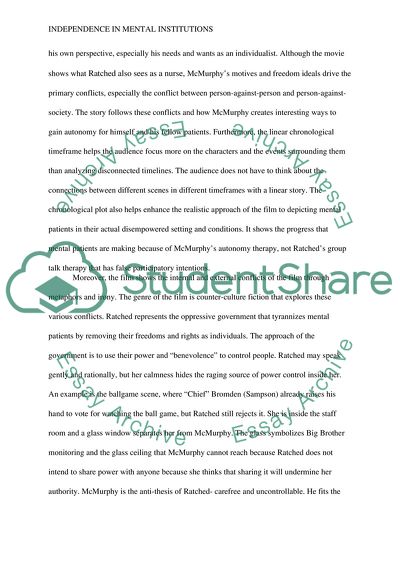Cite this document
(“The Struggle for Independence in Mental Institutions in One Flew Over Assignment”, n.d.)
Retrieved from https://studentshare.org/media/1638683-final-film-critique-draft
Retrieved from https://studentshare.org/media/1638683-final-film-critique-draft
(The Struggle for Independence in Mental Institutions in One Flew Over Assignment)
https://studentshare.org/media/1638683-final-film-critique-draft.
https://studentshare.org/media/1638683-final-film-critique-draft.
“The Struggle for Independence in Mental Institutions in One Flew Over Assignment”, n.d. https://studentshare.org/media/1638683-final-film-critique-draft.


